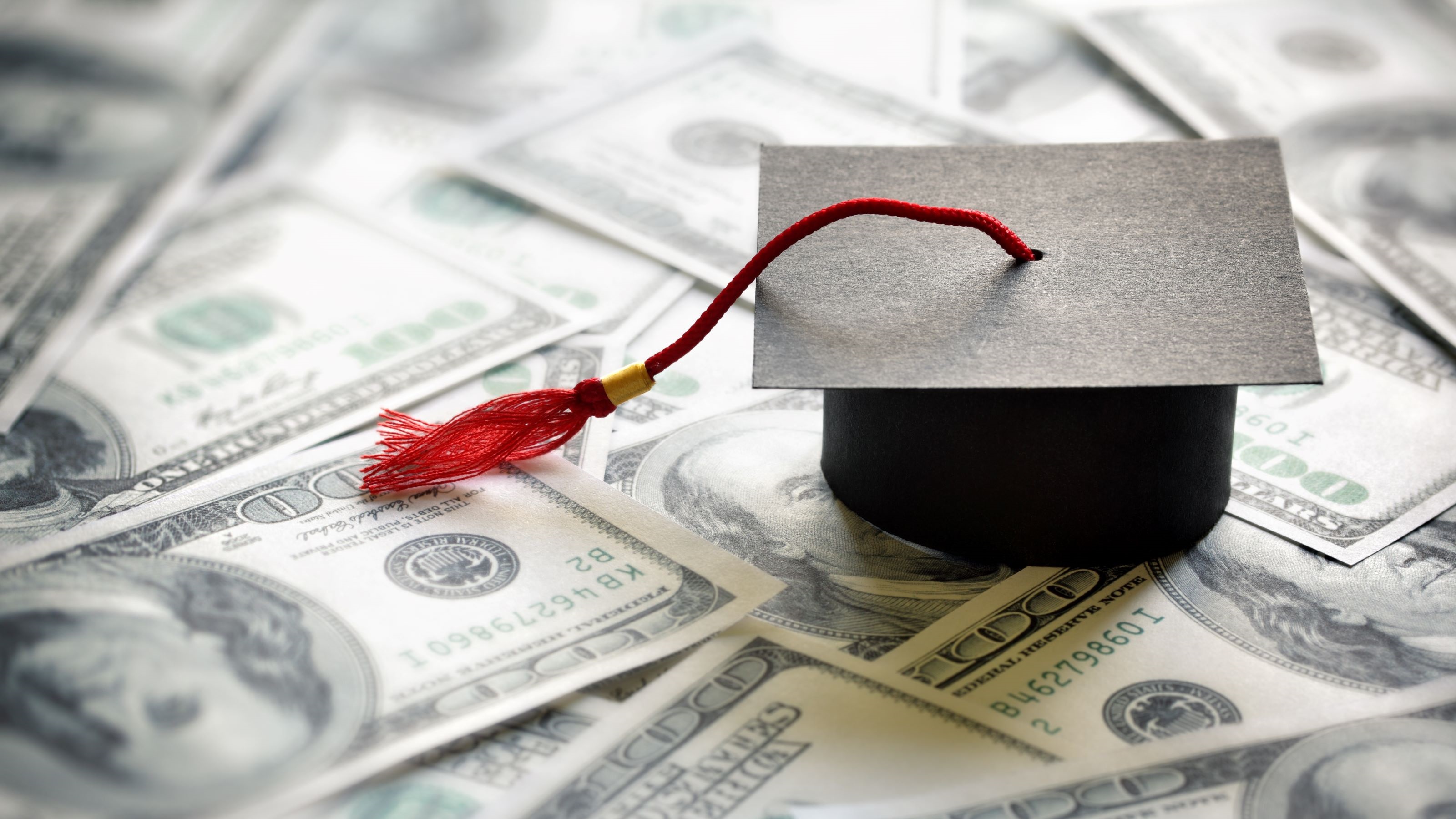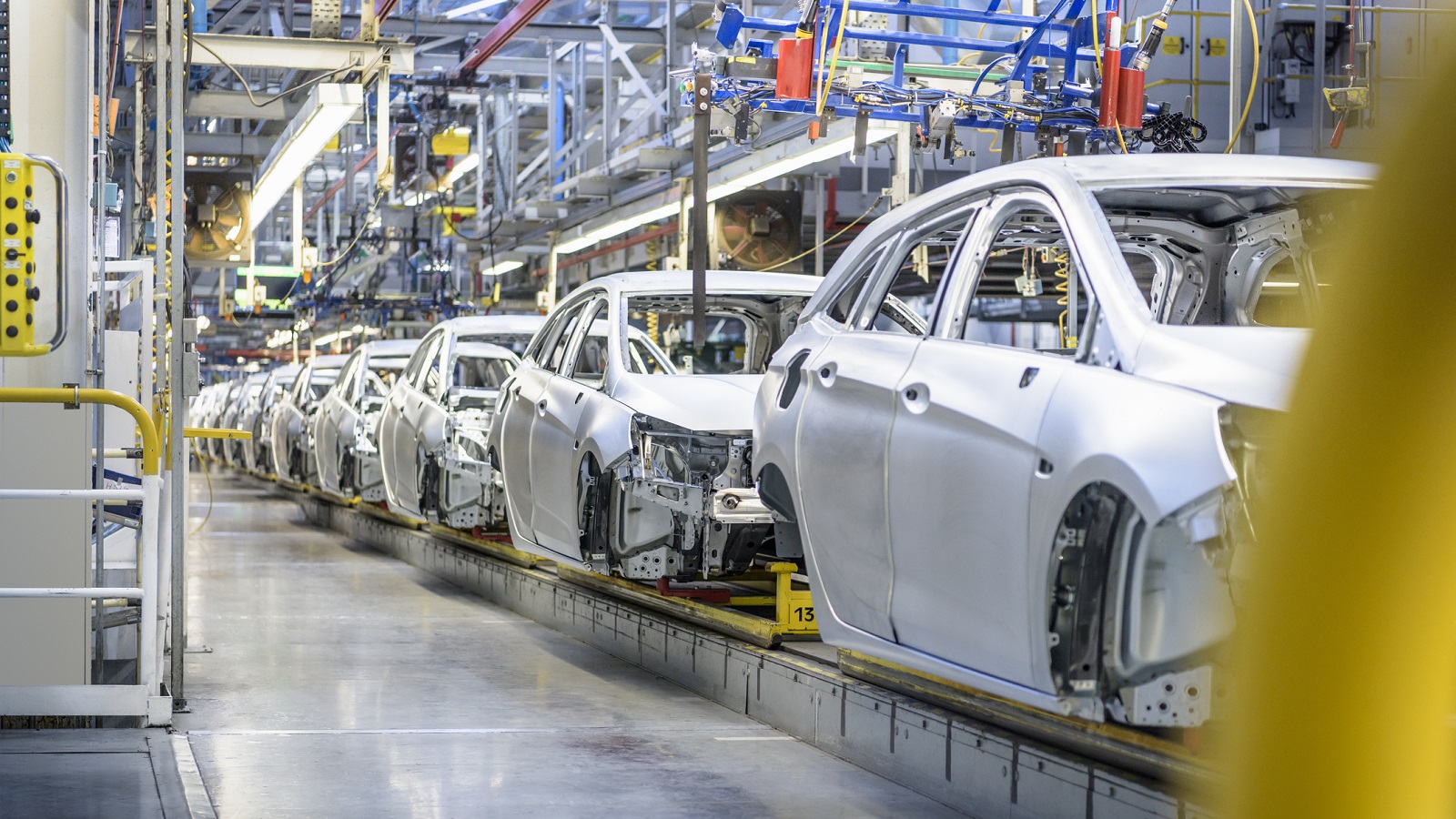Car Sales Revving Up
Easier credit will help unleash some pent-up demand. And though electric cars won’t be a big part of the sales picture, their day is coming.
Another sign the economy is pulling out of its funk: improving car sales. Look for about 12.5 million cars, SUVs and pickups to be sold by year-end. That’s 500,000 more than had been expected just a few months ago and would represent a 20% rebound from dismal 2009 sales.
That’ll help put most carmakers, including Ford, solidly in the black again, allowing them to earn a profit, despite fewer cars coming off assembly lines. But not General Motors and Chrysler. They’ve still got too far to climb.
A gradual thawing of credit that’s enabling more consumers to get loans -- the lifeblood of auto sales -- is a big reason for the overall improvement in the auto sales outlook. Plus more and more consumers feel at least a bit better about the economy, and that’s unleashing some pent-up demand. But keep in mind that sales will still be a far cry from most of the last decade, when vehicles were selling at a rate of 16.5 million a year.

Sign up for Kiplinger’s Free E-Newsletters
Profit and prosper with the best of expert advice on investing, taxes, retirement, personal finance and more - straight to your e-mail.
Profit and prosper with the best of expert advice - straight to your e-mail.
New-vehicle dealers finally have something to smile about, too. Higher sales are only part of the story for them. Many of those that survived last year’s bloodbath, when a few thousand stores went dark -- cut by GM and Chrysler, or sold for the real estate value by owners who gave up -- now have less competition.
Ford’s star shines more brightly as GM’s flickers. Ford’s market share is rising and likely will climb to 17%, letting Ford reclaim the No. 2 spot from Toyota.
“Ford is on a roll because of its resurgent design program. Its vehicles look like they are worthy of their sticker price,” says Erich Merkle, president of Autoconomy, an automotive consultancy. “Toyota had this same perception, but whether real or not, the unintended acceleration [incidents] lower the value of its vehicles, so they have to be discounted to sell,” Merkle says.
GM will hold on to the No. 1 position this year, but barely, with a 19% share, down by half from the 1990s.
Sales of electric vehicles will hardly merit notice this year, but that’s about to change. Full throttle work on battery development will lift electric car sales to about 350,000 a year by 2015. That’s nearly as many as BMW and Mercedes-Benz combined now sell in the U.S. and more than Lexus and Acura.
The early top contenders will be the Nissan Leaf, a fully electric plug-in model, and the Chevy Volt, a hybrid version that uses both a plug-in battery and a gasoline engine. Expect both to make a splash in the U.S. when they debut later this year. But the Leaf’s top range of 100 miles and a lack of recharging stations will restrain sales. Although there won’t be the same anxiety with the Volt, with its 350-mile cruising range, the Volt’s high cost -- about $35,000 after the federal rebates -- will limit sales.
Reducing battery costs is key: Today’s lithium-ion power packs cost about $12,000. But “with tech advances and high-volume production, battery costs could be cut by a third, making these cars price competitive with many gasoline-powered ones,” says David Cole, chairman of the Center for Automotive Research, an auto consultancy.
The race to make affordable plug-in car batteries is on. GM is set to double the size of its Brownstown Township, Mich., lithium-ion battery manufacturing facility, while other battery makers are also revving up. Among them: Johnson Controls-Saft, A123, Japan’s Sanyo, South Korea’s LG Chem and China’s BYD.
Get Kiplinger Today newsletter — free
Profit and prosper with the best of Kiplinger's advice on investing, taxes, retirement, personal finance and much more. Delivered daily. Enter your email in the box and click Sign Me Up.
-
 Stock Market Today: Stocks Gain on Tech, Auto Tariff Talk
Stock Market Today: Stocks Gain on Tech, Auto Tariff TalkThe Trump administration said late Friday that it will temporarily halt tariffs on some Chinese tech imports.
By Karee Venema
-
 Sam's Club Plans Aggressive Expansion: Discover Its New Locations
Sam's Club Plans Aggressive Expansion: Discover Its New LocationsSam's Club expansion plans will open up to 15 new stores each year. Learn where they plan to open in 2025.
By Sean Jackson
-
 What To Know if You’re in the Market for a New Car This Year
What To Know if You’re in the Market for a New Car This YearThe Kiplinger Letter Buying a new car will get a little easier, but don’t expect many deals.
By David Payne
-
 Will Lower Mortgage Rates Bring Relief to the Housing Market?
Will Lower Mortgage Rates Bring Relief to the Housing Market?The Kiplinger Letter As mortgage rates slowly come down here's what to expect in the housing market over the next year or so.
By Rodrigo Sermeño
-
 Car Prices Are Finally Coming Down
Car Prices Are Finally Coming DownThe Kiplinger Letter For the first time in years, it may be possible to snag a good deal on a new car.
By David Payne
-
 New Graduates Navigate a Challenging Labor Market
New Graduates Navigate a Challenging Labor MarketThe Kiplinger Letter Things are getting tough for new graduates. Job offers are drying up and the jobless rate is increasing. Are internships the answer?
By David Payne
-
 When's the Best Time to Buy a Domestic Flight? The Kiplinger Letter
When's the Best Time to Buy a Domestic Flight? The Kiplinger LetterThe Kiplinger Letter A new study by CheapAir.com has crunched the numbers.
By Sean Lengell
-
 Woes Continue for Banking Sector: The Kiplinger Letter
Woes Continue for Banking Sector: The Kiplinger LetterThe Kiplinger Letter Regional bank stocks were hammered recently after news of New York Community Bank’s big fourth-quarter loss.
By Rodrigo Sermeño
-
 Anxious Flyers Take Note: The Kiplinger Letter
Anxious Flyers Take Note: The Kiplinger LetterThe Kiplinger Letter Whether it's the routes to avoid that have the most turbulence or the safest airline, we've got you covered.
By Sean Lengell
-
 The Auto Industry Outlook for 2024
The Auto Industry Outlook for 2024The Kiplinger Letter Here's what to expect in the auto industry this year. If you’re in the market for a car it won’t be quite as daunting as it was during the pandemic and after.
By David Payne